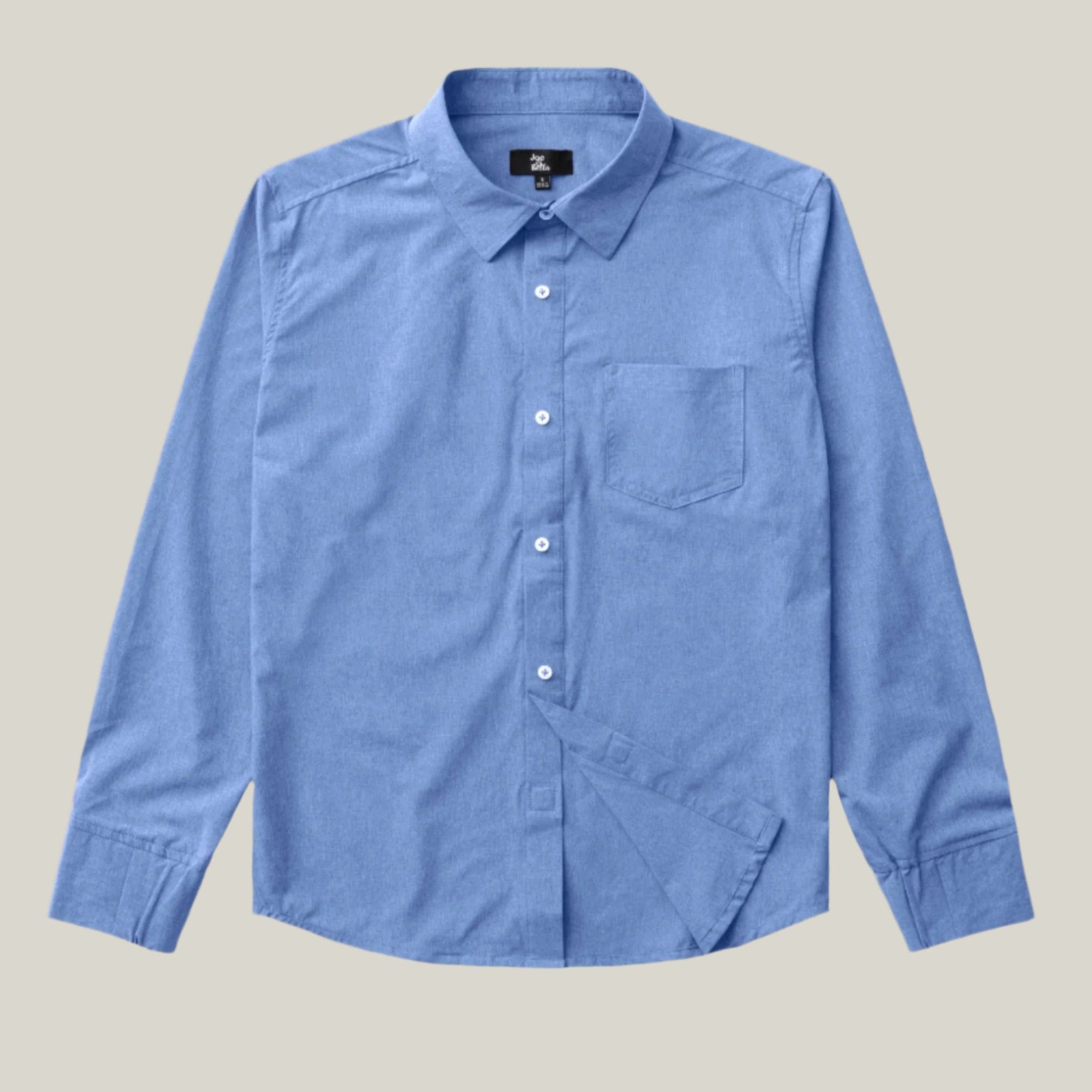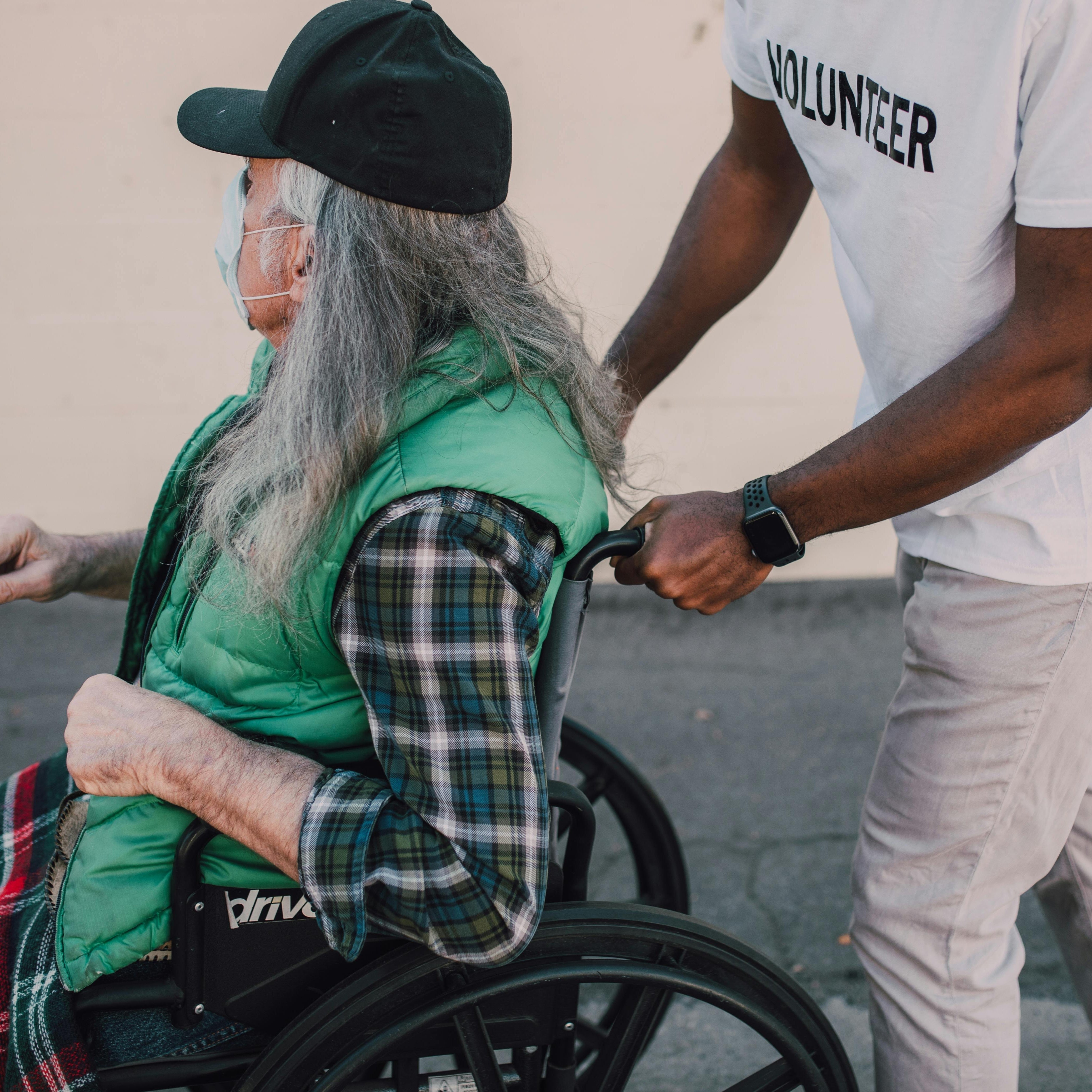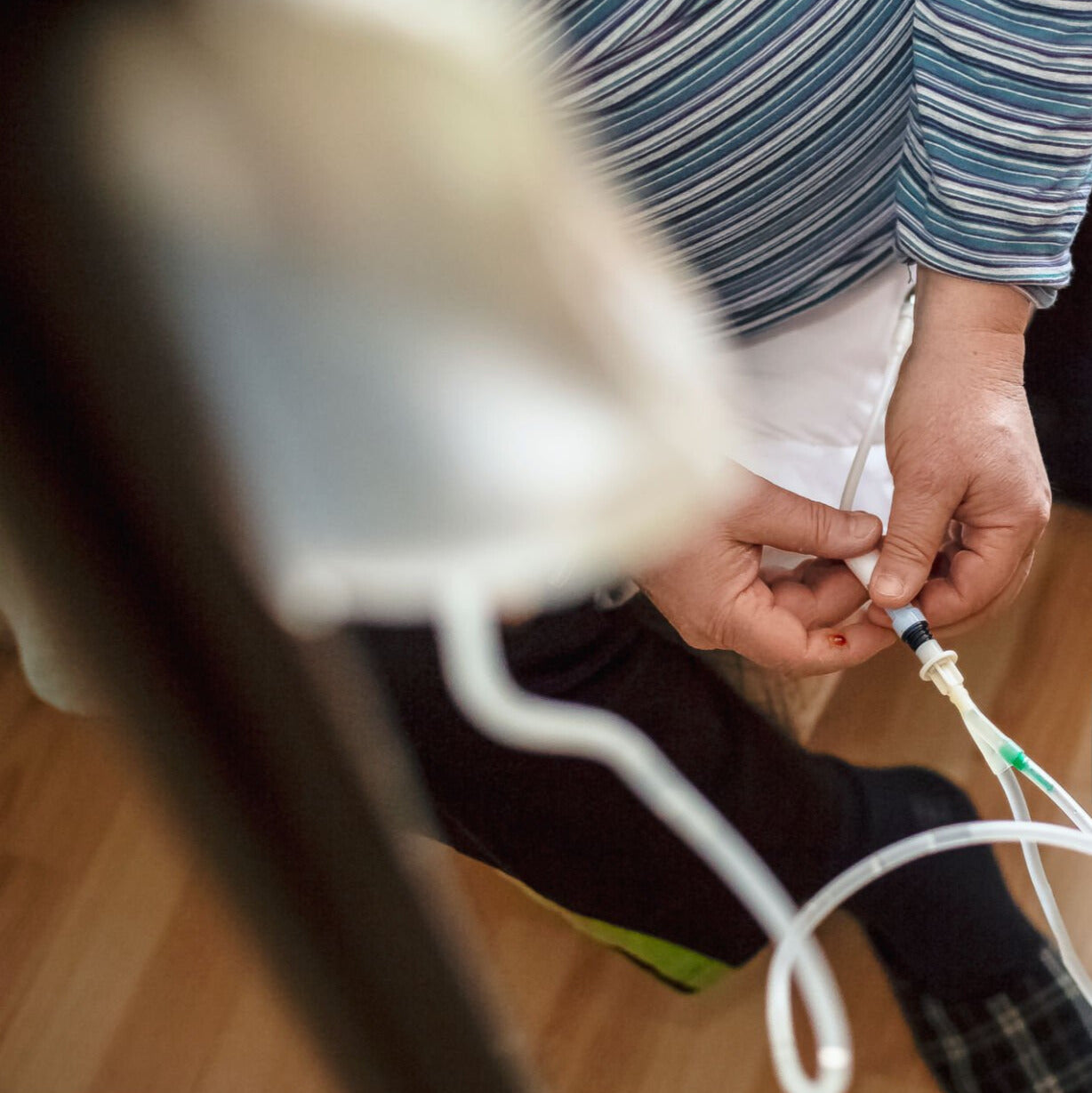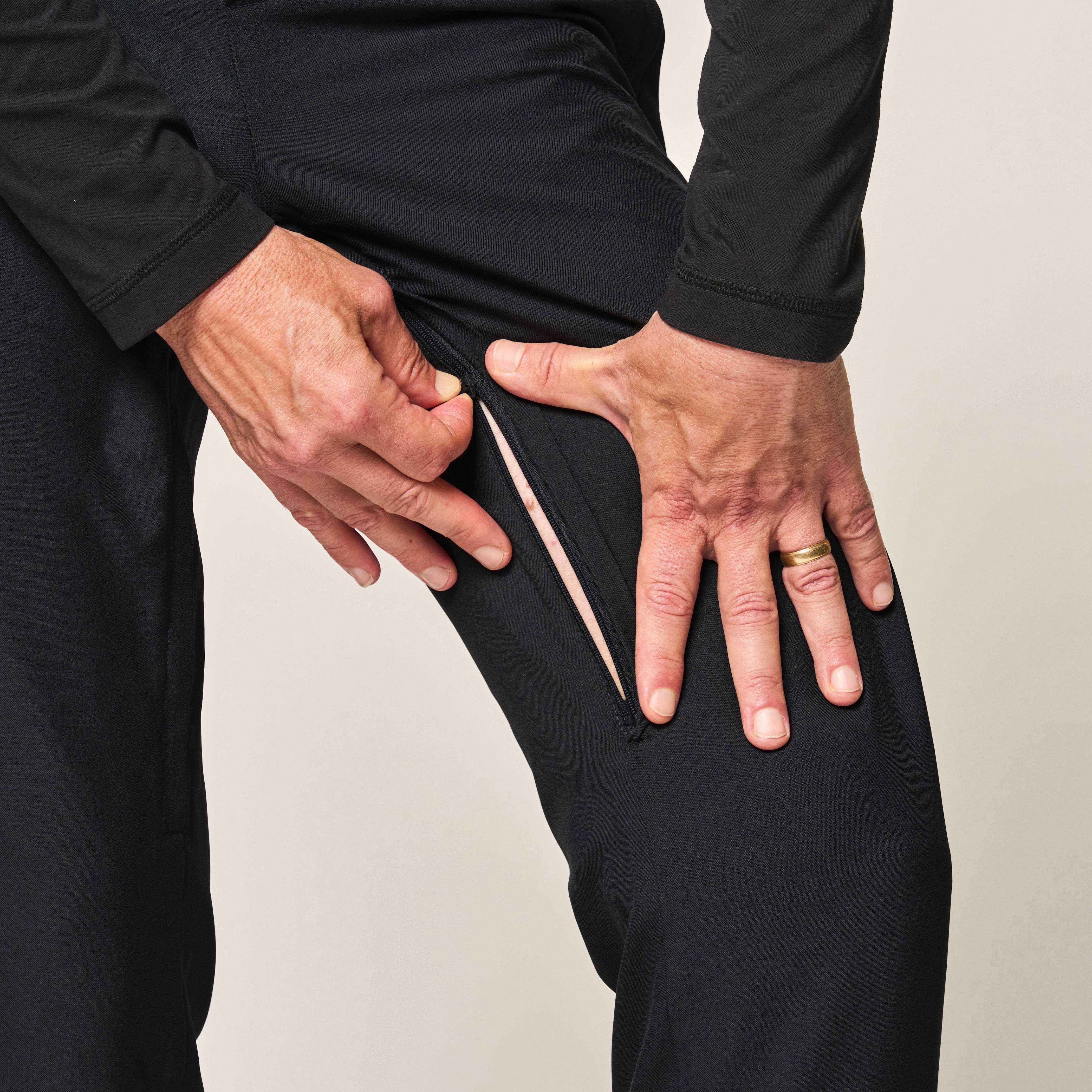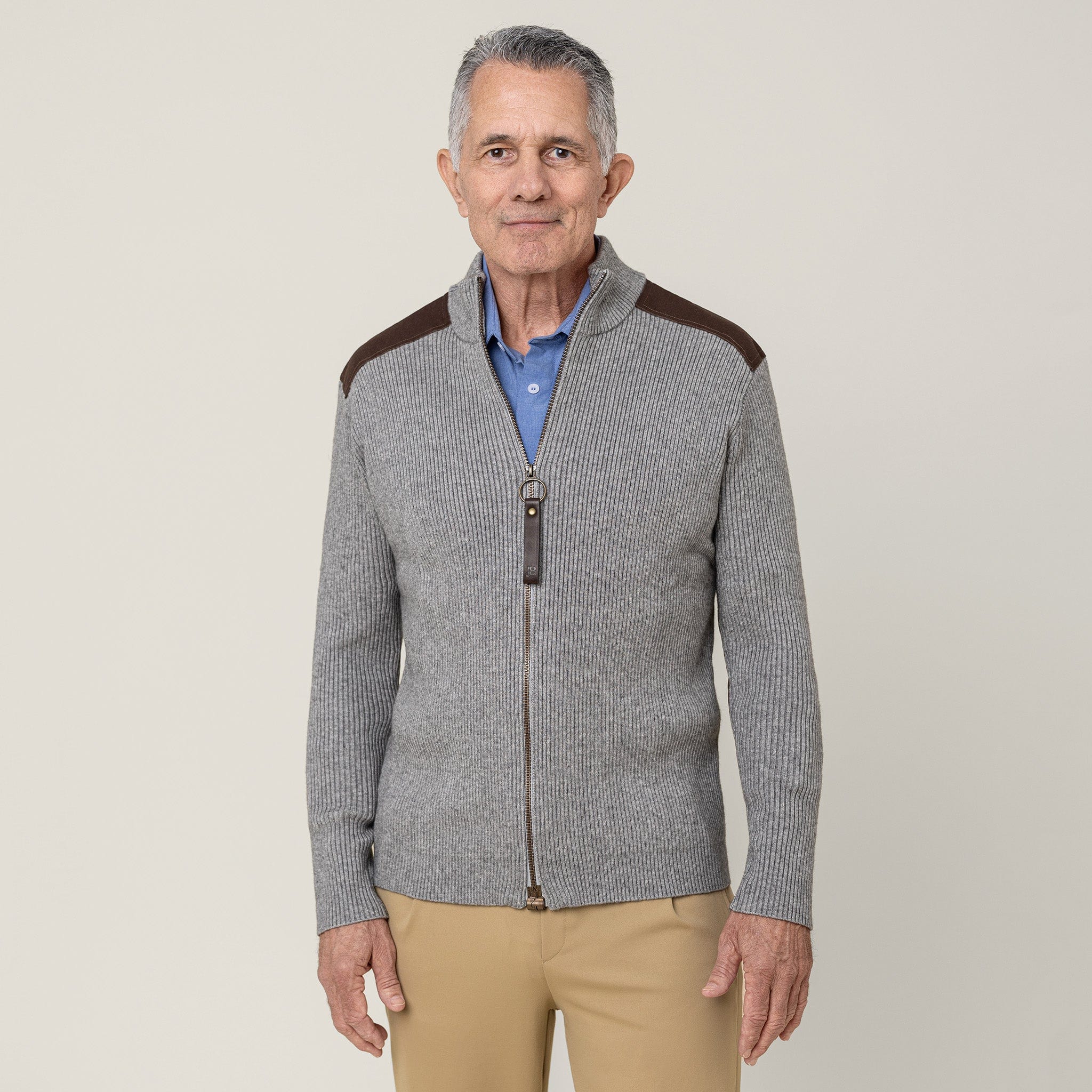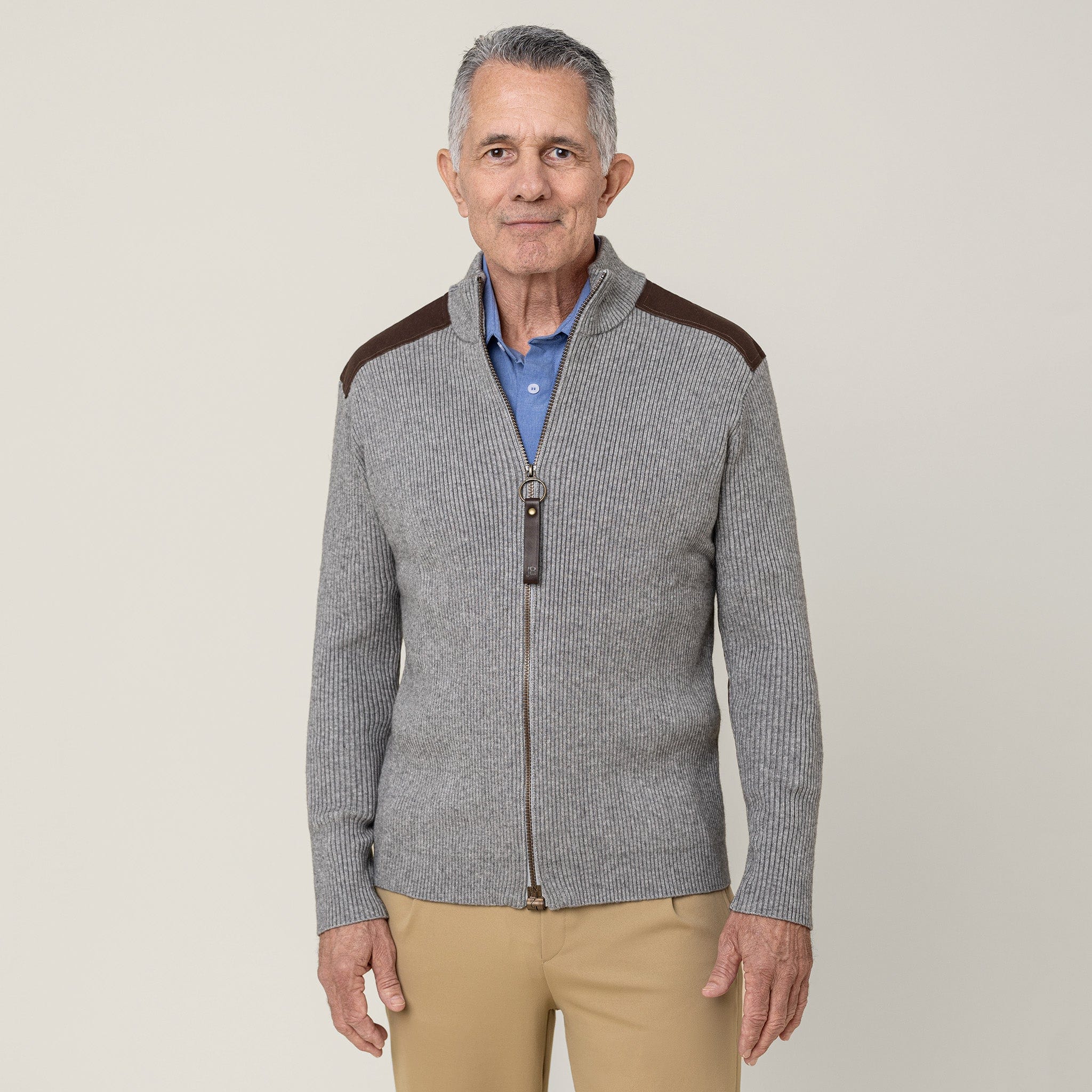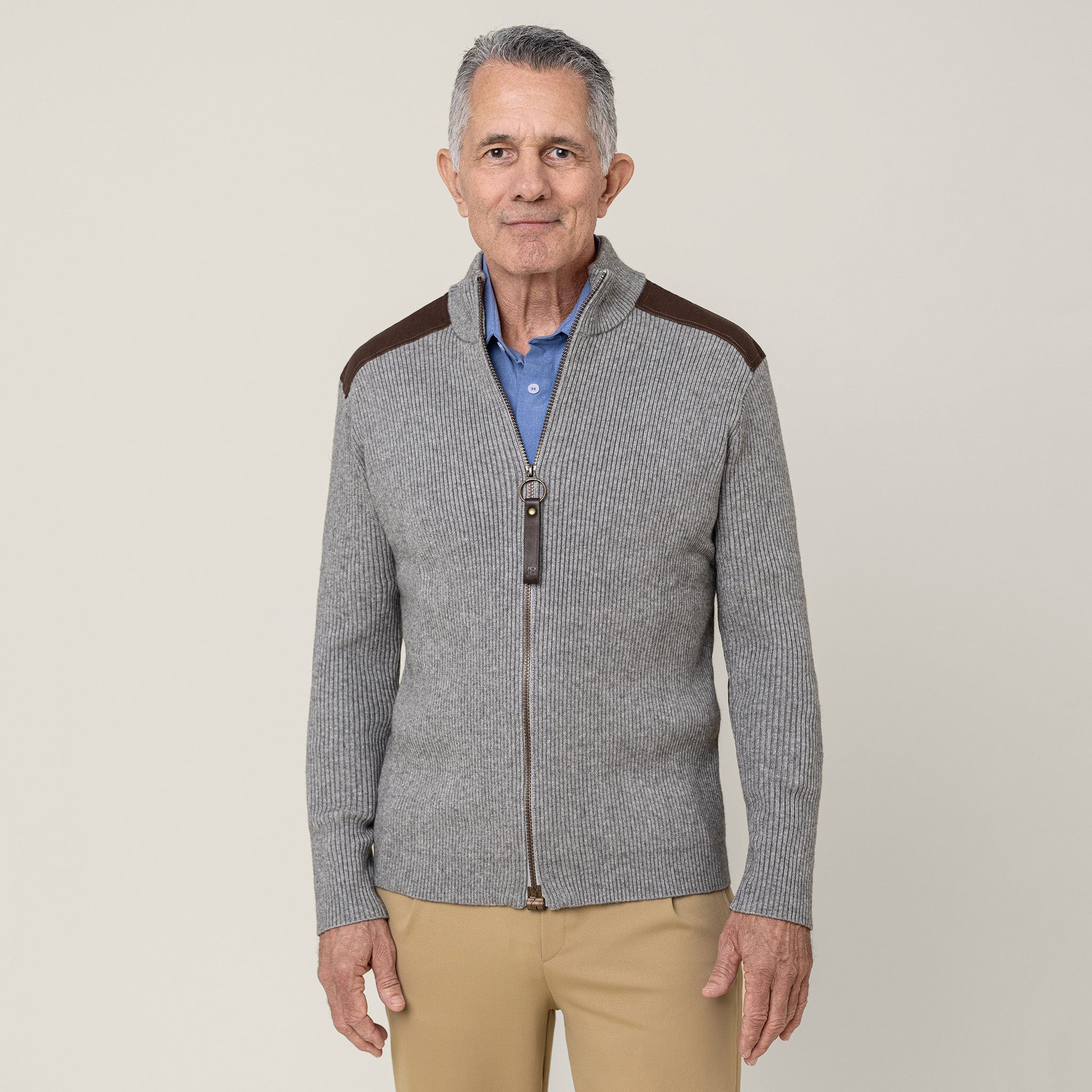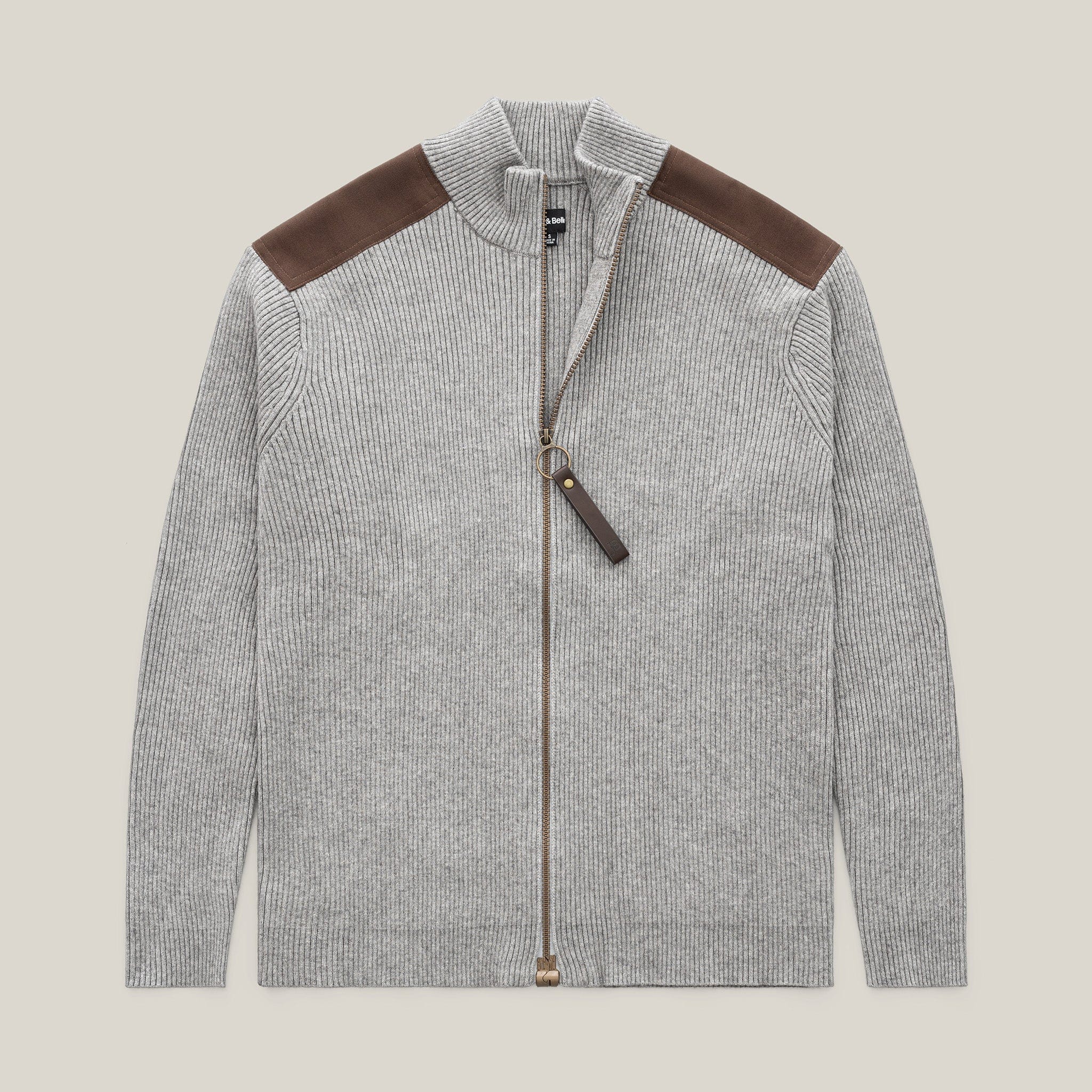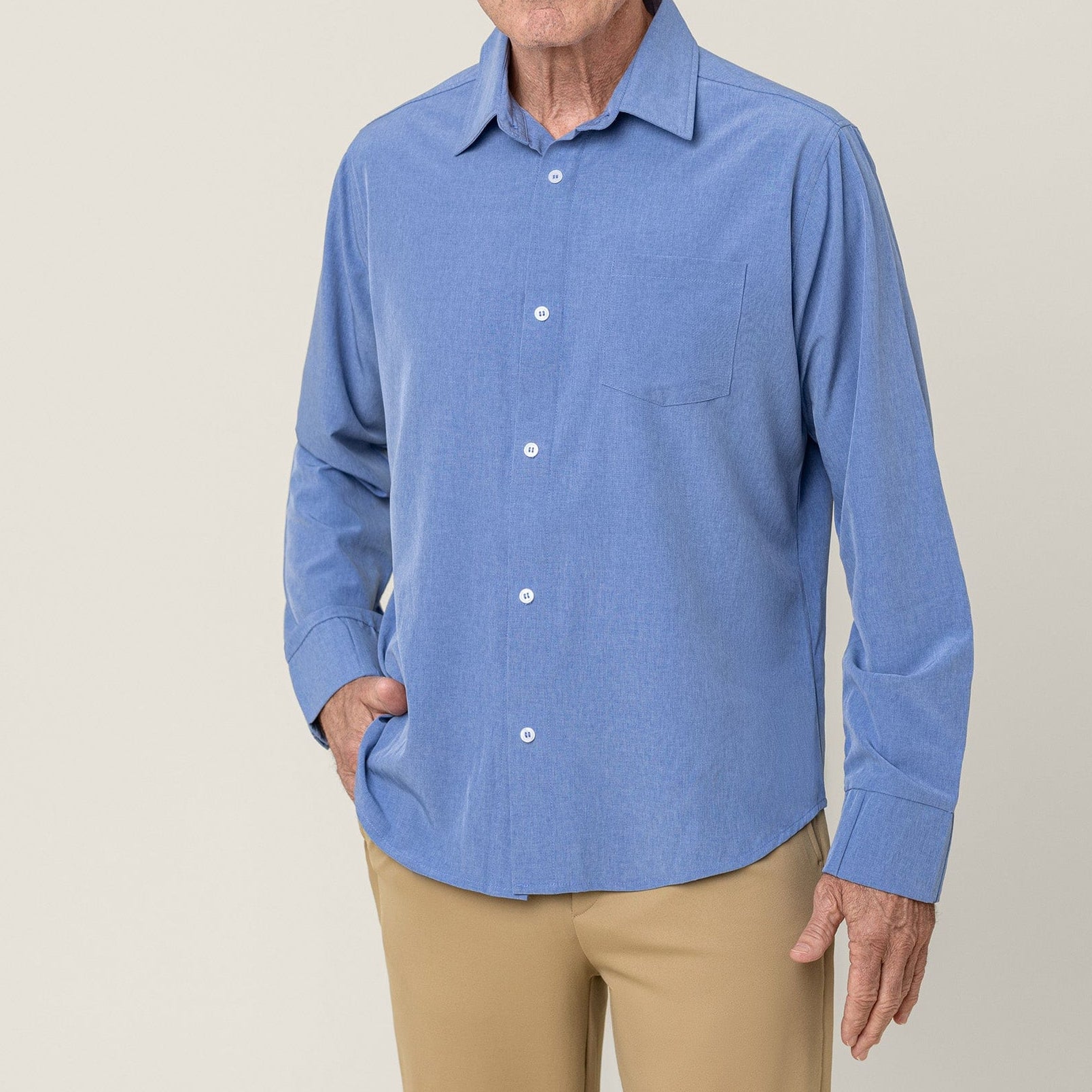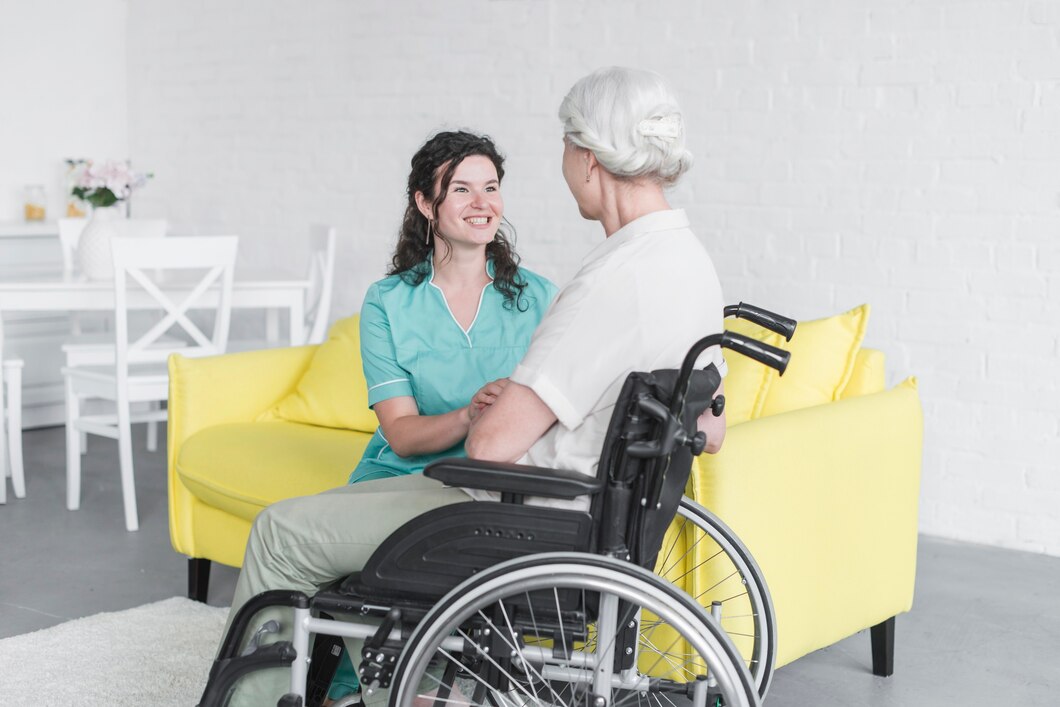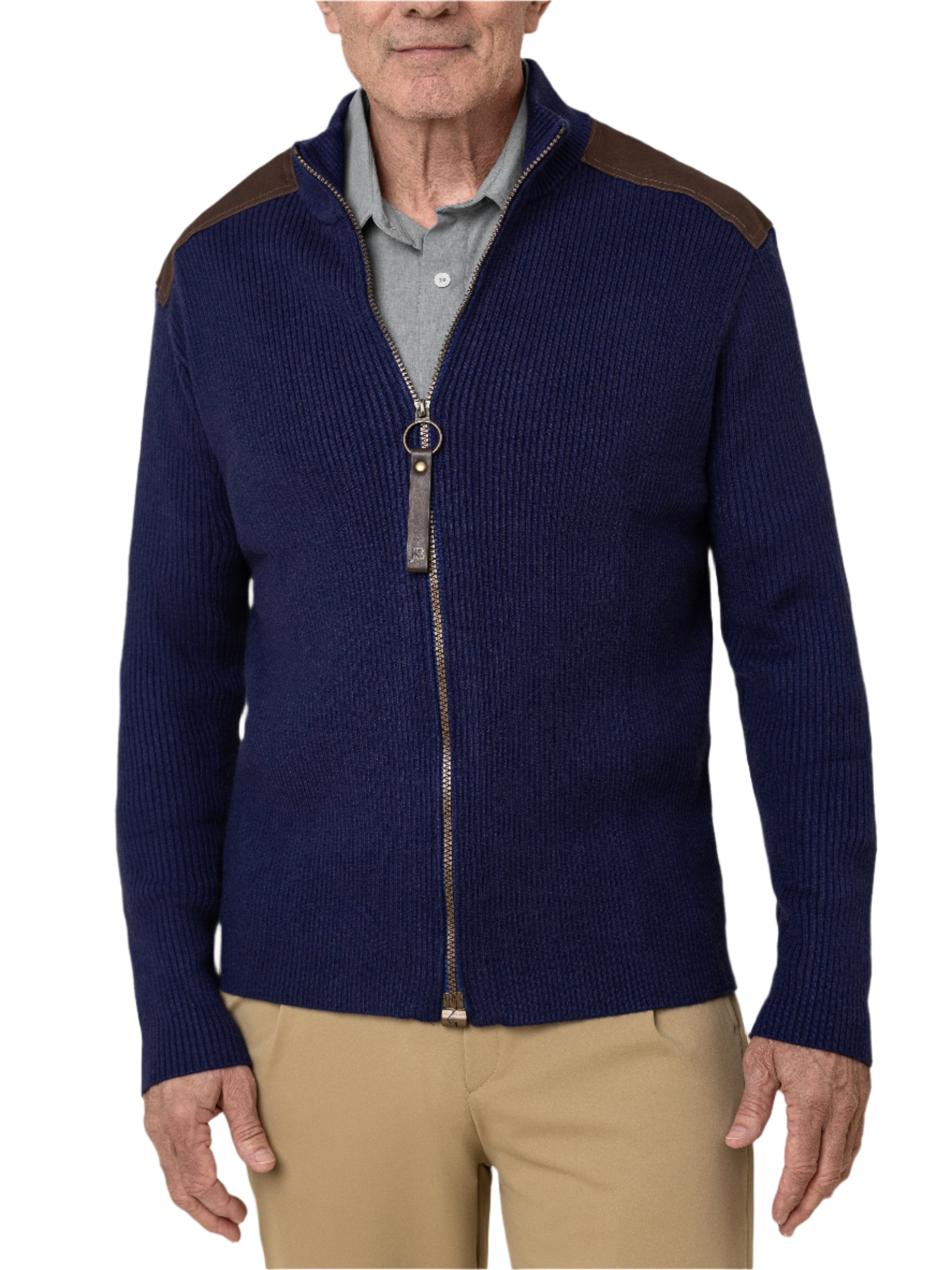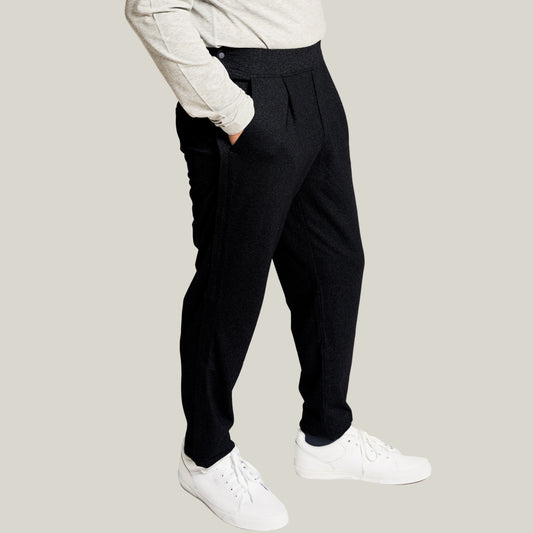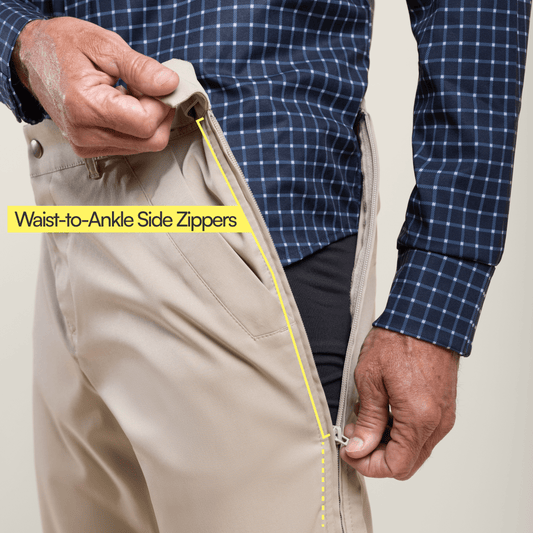Living with a catheter can be challenging, but with the right approach, you can ensure comfort and ease in your daily activities. Proper care and attention to your clothing choices are essential for wearing a catheter comfortably and preventing discomfort.
In this article, we will share practical tips for comfortably wearing a urinary catheter. From managing the catheter tubing and drainage bag to securing the leg strap, these solutions will help make everyday life more manageable.
In addition, we’ll discuss how adaptive clothing plays a key role in comfort and ease, especially for those wearing leg bags or other catheter equipment. We will also cover specialized clothing options for individuals using a nephrostomy bag.
If you are looking for expertly designed adaptive clothing and nephrostomy bag clothing, explore our collections today and experience the difference these clothing pieces can make.
Understanding Catheter Types and Their Impact on Comfort
There are several types of catheters, and each can impact your comfort differently depending on factors like duration of use and mobility.
Knowing the differences between catheter types and understanding how each one works is crucial in selecting the right option for your needs.
Below, we will break down the three most common types of catheters and how they affect comfort and day-to-day activities:
Foley Catheter
The Foley catheter is a commonly used indwelling catheter that stays in place for a longer period. This catheter is typically held in position by a balloon inflated inside the bladder.
While it can offer convenience, it may cause discomfort for some individuals, especially if left in for an extended period. This is why proper care and regular cleaning are essential to prevent irritation, leakage, or infections.
Securing the catheter tubing and using adaptive clothing designed for catheter users can help minimize discomfort and keep the leg bag in place for easier mobility.
Intermittent Catheter
An intermittent catheter is used temporarily to drain urine and is typically inserted when needed. Because it is removed after each use, many individuals find it more comfortable than indwelling catheters.
It allows for greater freedom and mobility, making it ideal for people who do not need continuous drainage.
However, using an intermittent catheter can require a bit more effort in terms of timing and cleaning, so wearing adaptive clothing that allows for quick access can help make the process easier and more comfortable.
Condom Catheter
A condom catheter is a non-invasive option that is worn externally over the penis and is commonly used for men. It consists of a flexible tube that collects urine into a drainage bag.
While this type of catheter is often more comfortable than an indwelling Foley catheter, it requires regular adjustments to ensure that it stays in place and does not cause discomfort or skin irritation.
Using a secure leg strap and an appropriately sized bag can help with comfort and prevent leaks, especially when using a night bag for extended wear.
The Importance of Proper Catheter Securement
Securing your catheter properly is essential to prevent discomfort, accidental dislodgement, and potential infections. If the catheter is not positioned correctly, it can cause irritation or pressure sores, especially around the urethra and thigh areas.
Additionally, improper securement can cause the catheter tubing to pull or shift, increasing the risk of leaks or even infections.
Using a leg strap or securing the catheter tubing to your leg bag ensures that it stays in place, providing both comfort and security throughout the day and night. Proper securement minimizes unnecessary movement and supports better overall health.
Choosing the Right Adaptive Clothing for Catheter Comfort
Your clothing choices play a significant role in how comfortable you feel while wearing a catheter. Adaptive clothing designed specifically for catheter users can make a world of difference.
Features like discreet openings for easy catheter access, soft fabrics, and flexible fits can help prevent irritation and ensure that your catheter remains securely in place.
Joe & Bella’s side zips, elastic waist dress pants, and magnetic pants provide comfort and convenience, while senior pants and side-snap pants ensure easy dressing without sacrificing style.
Women's Catheter Adaptive Pants
Women’s catheter adaptive pants are designed to offer comfort and ease of use, simplifying daily dressing and catheter management.
These pants feature discreet openings, allowing easy access for catheter tubing and leg bags, ensuring privacy and comfort. The soft, breathable fabrics also minimize irritation, while adjustable waistbands and stretchy materials offer flexibility for all body types.
For those looking for a more tailored option, women’s catheter adaptive pants provide the perfect balance of style and function.
Additionally, women’s adaptive clothing, including pull-on pants for petite elderly and incontinence pants for women, is designed to ensure a comfortable fit. For a secure and discreet look, check out women’s side-snap pants.
Men's Catheter Pants
Men’s catheter pants are specifically designed to offer both comfort and ease of movement while managing a catheter. These pants feature practical designs that accommodate catheter tubing and drainage bags without compromising on style.
Soft, durable fabrics ensure all-day comfort, while discreetly placed openings provide easy access for catheter maintenance. Many options include features like side zippers or snap closures, making them simple to adjust and secure without hassle.
Whether you’re looking for casual or more formal options, men’s catheter pants like chinos with elastic waist or side-snap pants ensure you can move with ease while keeping your catheter securely in place.
Tips for Wearing a Catheter Comfortably
Proper positioning and care are essential for daily comfort. First, ensure that the drainage bag is positioned below bladder level to allow gravity to aid in proper flow and prevent any backup or discomfort.
Secure the catheter tubing to prevent pulling or kinking, which could lead to leaks or irritation. Using a water-based lubricant around the insertion site can help reduce friction and keep the area comfortable throughout the day.
Additionally, maintaining hygiene is crucial; always clean the catheter area with mild soap and warm water to avoid infections. By following these simple steps, you can reduce discomfort and maintain better catheter management.
Tips on Managing Discomfort and Preventing Irritation While Wearing Catheters
Managing discomfort while wearing a catheter requires careful attention to common issues. For skin irritation, opt for hypoallergenic securement devices to minimize friction and protect sensitive skin.
When it comes to movement, choose loose-fitting clothing to reduce pressure around the catheter area. This will make it easier to move without discomfort.
Proper hydration is also essential; drinking enough fluids helps prevent catheter blockages and ensures smoother urine flow. By addressing these key factors, you can reduce the risk of irritation and maintain comfort while using a catheter throughout the day.
How To Maintain Proper Hygiene and Prevent Infections While Wearing Catheters
Proper hygiene is crucial for preventing infections and maintaining comfort while wearing a catheter. Follow these guidelines to ensure safe and clean catheter management:
- Daily Cleaning: Gently clean the catheter insertion site with mild soap and warm water to remove any buildup and prevent irritation.
- Hand Hygiene: Always wash your hands thoroughly with soap and water before and after handling the catheter to avoid transferring bacteria.
- Regular Monitoring: Regularly check for signs of infection, such as redness, swelling, or unusual discharge around the catheter insertion site. If you notice any symptoms, consult your healthcare provider for further evaluation.
- Changing Catheters: Follow your healthcare provider's instructions on when and how to change your catheter to prevent buildup and potential blockages.
Ways To Enhance Mobility and Confidence While Wearing Catheters
Maintaining an active lifestyle while wearing a catheter is entirely possible with the right strategies.
One key to enhancing mobility is securing the catheter tubing properly to avoid discomfort or dislodgement while moving. Using devices like securement straps or clips can ensure the catheter stays in place, allowing for greater freedom without worry.
Clothing choices also play an important role. Opt for adaptive clothing designed for catheter users, as these options not only provide comfort but also discreetly conceal the catheter.
Loose-fitting or stretchy pants can improve mobility, while adaptive designs allow for easy access and reduce the risk of irritation.
Lastly, always be prepared when going out. Carry extra catheter supplies, such as drainage bags or alcohol wipes, to handle any emergencies confidently.
With the right approach, you can continue to stay active, maintain your independence, and feel confident while wearing a catheter.
Find Everyday Comfort with Joe & Bella’s Catheter-Friendly Clothing
At Joe & Bella, we believe that comfort, confidence, and mobility are possible—even with a catheter. Our catheter adaptive pants for both men and women are designed with thoughtful features to prevent pulling, simplify dressing, and make daily life easier.
These pants are crafted to provide maximum comfort while discreetly accommodating catheter needs. Whether you’re looking for style, practicality, or ease of movement, Joe & Bella has something for every lifestyle.
Explore our full collection to find the perfect piece for you or a loved one. Browse today, or contact us with any questions about our products.






















